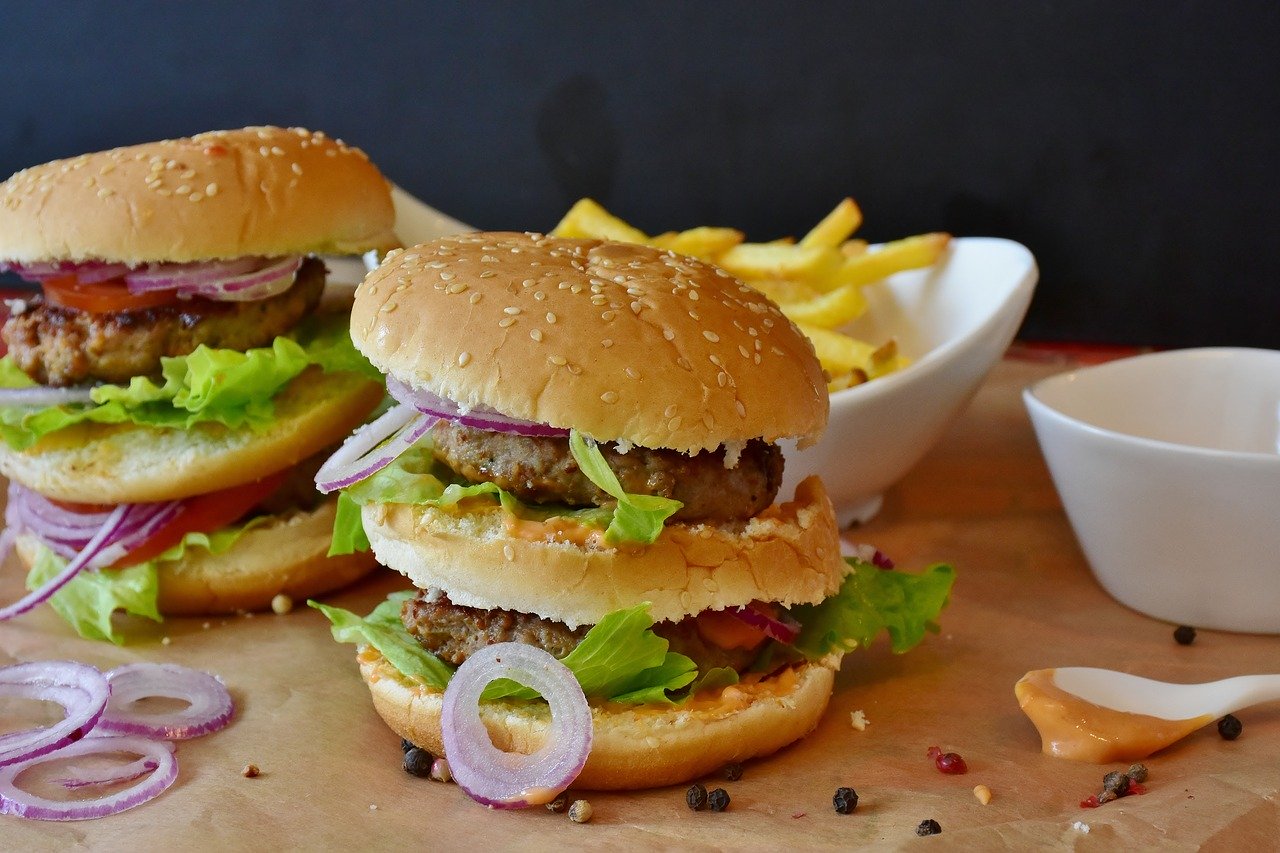There is a growing interest in natural antioxidant preservatives, and their importance in the body and in food is undeniable. Natural and even functional additives that can be found in different plants, fruits, algae, and mushrooms have been used as substitutes for synthetic additives to fortify and stabilize foods. Some compounds, such as vitamins, polyphenols, and carotenoids, can even show similar protective effects to BHT and BHA, and are described as one of the most relevant natural antioxidant compounds.
Polyphenols as natural antioxidant preservatives
Polyphenols are known to have a strong antioxidant capacity and have a good impact on human health. And because they are natural molecules, their use is attractive to the food industry due to these properties and the ability to preserve food and good consumer acceptance, especially when it comes to substituting synthetic additives. The main groups of polyphenols are phenolic acids (hydroxybenzoic acid and cinnamic acid), flavonoids (anthocyanins, flavonoids, flavonols, isoflavones, flavanols, and flavanones), lignans, and stilbethylene. Of these phenolic compounds, some are more prominent than others and can be added to foods alone, after molecular purification, or used as plant extracts, taking advantage of the synergies between them. Polyphenol plant extracts, such as those from rosemary, have been identified as food additives and have been used as antioxidant foods. Despite the synergistic advantages between compounds, the industry often prioritizes specific molecules. In this sense, it is thought that carnoic acid is a derivative of the hydroxybenzoic acid component in rosemary extract and has the most significant antioxidant capacity and is used in oils, animal fats, sauces, grilled meats, meat and fish burgers, among others. Ferulic acid, a hydroxycinnamic acid, is used as a precursor to antioxidants and other preservatives, and is also used as part of food gels and edible films. Catechins (flavan-3-ols) can be added directly to food, binding to other natural substances and encapsulating them, enhancing and amplifying their effects. Ascorbic acid (E300), the form of vitamin C, can stabilize lipids and oils by helping to regenerate oxidized phenolic oxidants and tocopherols. EFSA determines that its consumption is safe and does not define ADI.
Carotenoids as natural antioxidant preservatives
Another group of natural food additives with antioxidant potential are carotenoids. The most common foods are lycopene, lutein, and β carotene. They are used in food products such as meat, fish, fruits, cereal products, pastries, dairy products, etc. The most widely used carotenoid in food is lycopene (E160d), which is mainly found in tomatoes but is not widely used as a food antioxidant. On the other hand, β-carotene (E160a) is used as an oxygen singlet in dairy products, bakery products, and eggs, among others. Astaxanthin is a carotenoid pigment, a colorant with high antioxidant capacity that is currently being studied as a possible natural antioxidant preservative in food industry. The use of carotenoids is limited because they are very susceptible to photooxidation. The use of carotenoids in the food industry must guarantee the stability of these molecules during storage. The combination of carotenoids with ascorbic acid or vitamin E contributes to the synergistic effect, and this mixture (synthetic or extracted from plants and fruits) has been analyzed by the EFSA scientific team, refusing to consume any toxicity. Another compound where ascorbic acid can work is tocopherol, which acts as very strong natural antioxidant preservatives. They are used in films and coatings, as well as in additives (E306-E309), mainly for lipid peroxidation and rancidity in oils, meat, vegetable oils and dairy fats.
There are other carotenoids that are used as food additives. Annatto is used as a food colorant, but it can also be used as an antioxidant, and it has been reported to prevent the autooxidation of triacylglycerol in seeds. Other reports suggest that a synergistic link between tocopherols and cresol can increase antioxidant potential, with the latter being considered a stronger antioxidant than the former. In the European Union, its daily intake is 0.065 mg/kg body weight. Lutein has different biological functions that justify the application of its antioxidant capacity in the cosmetics industry, especially for inhibiting lipid autooxidation in skin cells. Its activity is even stronger than that of β-carotene. According to the European Food Safety Authority (EFSA), its use in the food industry is limited to as a coloring additive in baked goods, bakery foods, soft drinks, as well as sauces and confectionery, and its use as a food antioxidant is not allowed.


